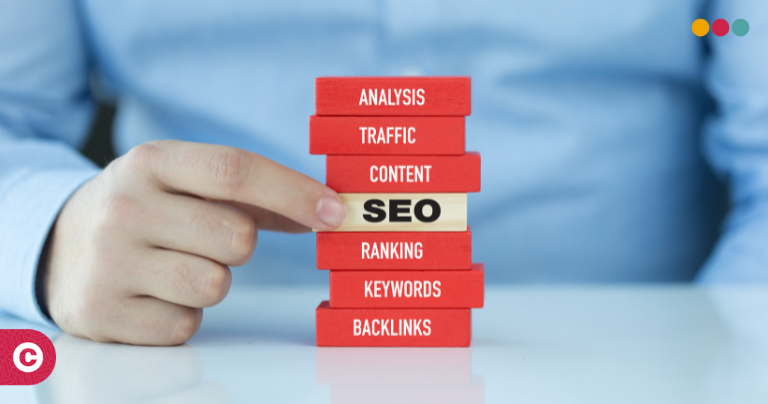There are a whole series of elements within websites that many of you probably take for granted. but which are actually crucial for the performance of a good site. We are talking about Google’s Core Vitals. You need to know and implement these crucial technical features to guarantee end users the best possible experience.
Let us, therefore, discover together all there is to know about them.
What are Core Vitals
Get with just one click:
- Captivating content that grabs your audience’s attention
- Unmatched creativity for emotionally engaging content
- Trend-savvy copy to climb the search rankings
Core Vitals have been talked about roughly since May 2021, when Google decided to measure, with its new update, a series of parameters that make sites more pleasant and usable for the users who visit them. Consider the times when you click on a web page, and it takes forever to load all content properly, including images and text.
In today’s increasingly fast-paced online world, you’re more likely to move on to another site. it will certainly be more pleasant to click on a site, and the information you are looking for loads in seconds. This can be a few hundredths of a second for fast-loading sites.
Core Vitals can be roughly translated as ‘Essential Web Signals’ that reflect real users’ actual use of your pages. This is quite a change if we consider that Google previously referred to automatic simulations via BOT for the SEO of sites, which many considered unrealistic and meritocratic.
Generally speaking, the Core Vitals that Google uses to assess the quality of a website include:
- Loading speed
- Level of interactivity
- Visual stability
Let us analyze each of these elements to try to understand how you can optimize them and make your web pages give users a better experience.
Loading Speed
Refers to the speed with which the largest visible element within the page is displayed. This can be an image, a video or a block of text. This metric takes into account the fact that the most visible element of the page is the main content and tends to penalize invasive elements such as pop-ups or oversized opening images.
Keep in mind that an ‘above the fold’ loading or at the top of the page should load in a maximum time of 2.5 seconds. Taking 4 seconds to load is considered excessive and may have a negative impact on your site’s SEO.
Level of Interactivity
Referred to as the ‘first input delay’, this measures the time lapse between the first interaction on the page by a user and the moment when the browser responds to this interaction.
Interaction, in this case, means clicking on a link or moving a button. However, scrolling or zooming are not considered interactions. According to AvantGrade, the ideal site response time should be 100 milliseconds: The faster it is, the better the user’s impression of the interaction.
Page Stability
Often, when you navigate on a site, you find yourself dealing with elements that move or disappear without warning. For example, when about to click on a link, the page may suddenly refresh, and you find yourself clicking on something else.
Cumulative Layout Shift is a Core Vital that monitors the sum of the scores of individual layout movements for each unexpected shift on the page. Too many unexpected shifts can make navigation downright annoying.
Take Action Today
Now that you’ve understood all the elements to make your site meet Google’s preferences, it’s time to take action. Improving your SEO will beat your competition and ultimately improve your bottom line.
At Contents.com, you get professional assistance to create and transform all your content in line with Google’s Core Vitals using artificial intelligence and human creativity.
Sign up for a 7-day free trial to discover how we can improve your site’s page experience according to Google’s guidelines.
